For Scientific Research
When it comes to using nuclear energy, Japan is known for having quite a lot of nuclear power plants as well as research centers.
However, not many know that Japan once possessed a nuclear-powered ship called “Mutsu.”
This ship, unlike nuclear-powered submarines and carriers, was built in 1972 purely for scientific research, making it the world’s fourth non-military nuclear vessel.
- General Overview
| Displacement | 8,242 tons |
| Length | 130.4m (428ft) |
| Width | 19m (62.3ft) |
| Crew | 80 people |
| Speed | 17.7knots (32.8km/h or 20.4mph) |
| Unit Cost | 50 million USD (1969) |
Mutsu was named after her homeport region in Aomori Prefecture, and was launched in 1969 with the Crown Prince and Prime Minister attending the ceremony.
At the time, Japan was undergoing rapid economic development and consuming unprecedented amount of energy, thereby generating the need for more resources.
However, since Japan relied over 90% of its oil on imports, there was an enormous risk of being cut off from energy supplies, making nuclear energy an attractive alternative.
Mutsu was constructed in such era, undertaking the task of exploring the possibility of propelling commercial ships with infinite power.
The Radiation Leakage
Despite huge ambitions, Mutsu’s journey took a turn in September 1974 during its test run. At this voyage, the ship’s nuclear reactor experienced a radiation leak, allowing a small amount of fast neutrons to seep through due to a design flaw.
It is important to note that radiation is different from radioactive material or nuclear fuel itself, which is the one considered devastating if leaked.
Nonetheless, the media and public went into a frenzy over this accident, with some reports depicting it as a leak of radioactive substances instead.
Obviously, this created an uproar back home, and Mutsu was banned from entering its homeport.
After being homeless at sea for a while, she eventually headed to Port Sasebo (Nagasaki) for repairs, albeit strict conditions regarding its nuclear material.
Meanwhile a new homeport was to be made in a different part of Aomori Prefecture, and the ship finally returned in 1982 amidst significant opposition.
It was quite evident that the government persuaded the local officials by promising huge infrastructure projects as well as generous funding, which is why the rural area is full of new roads and facilities despite being one of the most remote regions in Japan.
Successful Trials And Afterlife
Mutsu later underwent modifications in her new homeport of Sekinehama, but it wasn’t until 1991 that the ship was ready for further sea trials.
Although it took over two decades, Japan’s first nuclear ship sailed over 82,000km (50,900mi) – a figure equivalent to more than two laps around the Earth.
The vessel not only conducted experiments without issues, but also demonstrated excellent performance in rough sea conditions.
That being said, Mutsu’s nuclear voyage only lasted for a year, as it was only intended to gather the necessary data for future use.
Having fulfilled her role as an experimental ship , Mutsu’s reactor was removed in 1995, and was put on display at the Mutsu Science Museum in Aomori along with the ship’s control room and other components.
As for the ship itself, Mutsu was repurposed as an oceanographic research vessel for the Japan Agency for Marine-Earth Science and Technology (JAMSTEC), later renamed as “Mirai” which means future in Japanese.
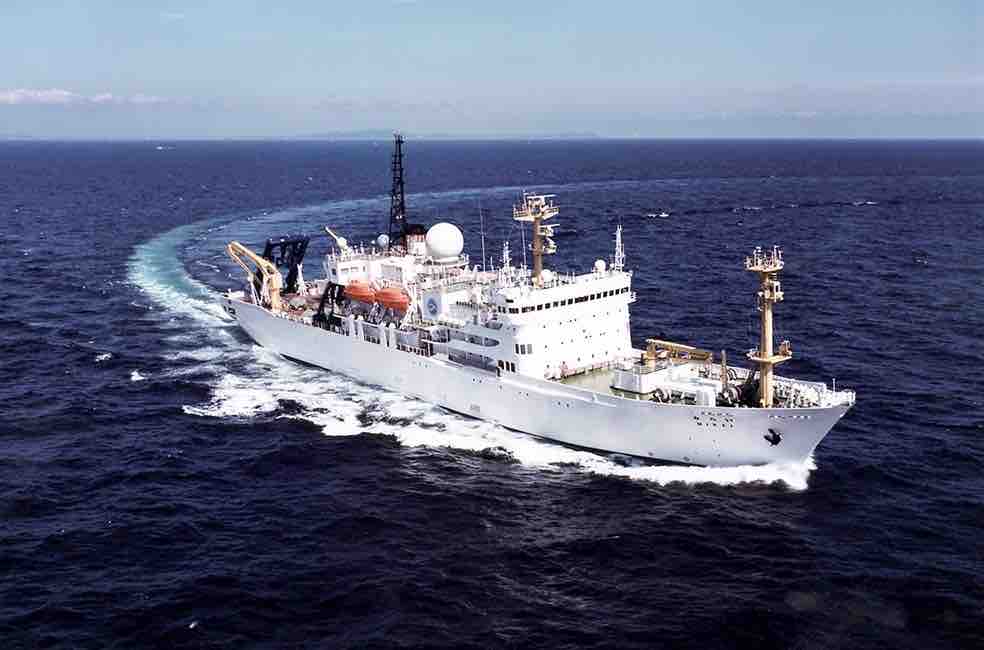 Mutsu reborn as Mirai (photo: JAMSTEC)
Mutsu reborn as Mirai (photo: JAMSTEC)
This renewed ship was powered by a diesel engine rather than nuclear power, but played a vital role as a research ship large enough to carry various heavy equipment and supplies.
Mirai (former Mutsu) is scheduled to retire in 2025 due to aging, and is to be succeeded by a new version called “Mirai 2.”
In retrospect, Japan’s first nuclear ship went from being celebrated upon launch to being battered with a bad reputation, but its scientific contribution to Japan’s nuclear development cannot be overlooked.
The insight brought by Mutsu was undoubtedly crucial for Japan’s nuclear technology, and such achievement certainly deserves a fair amount of recognition.

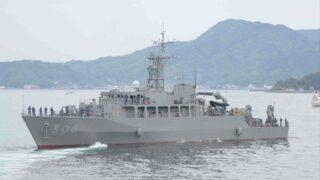




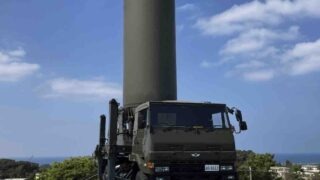






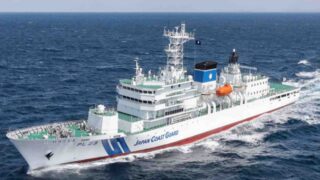
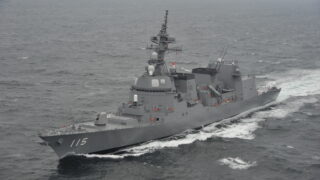




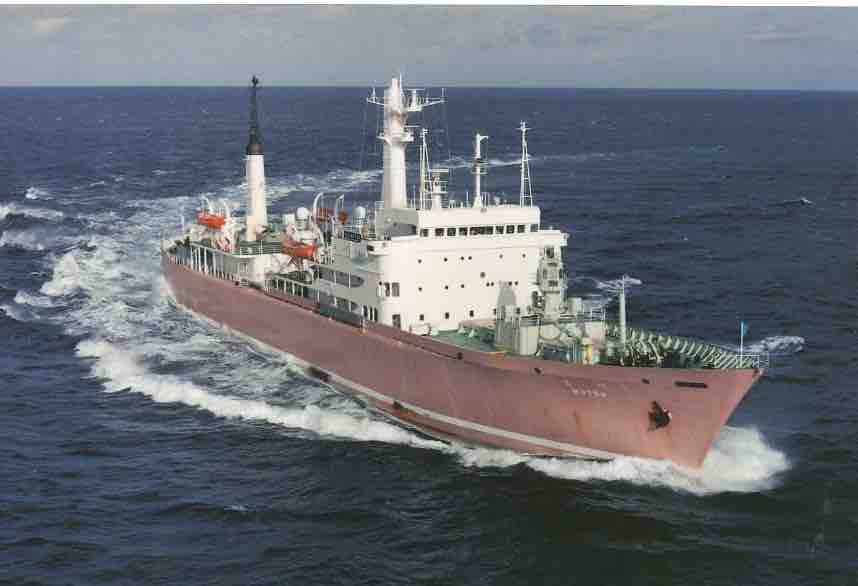
Comments